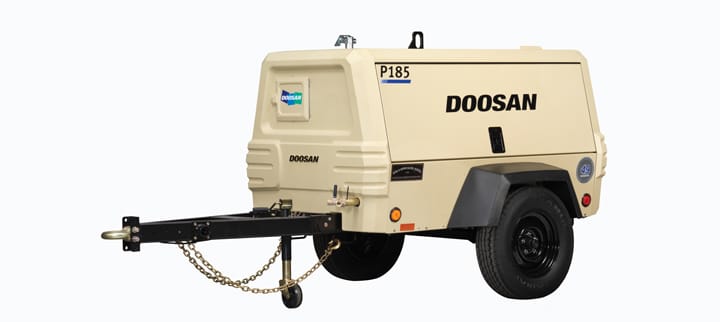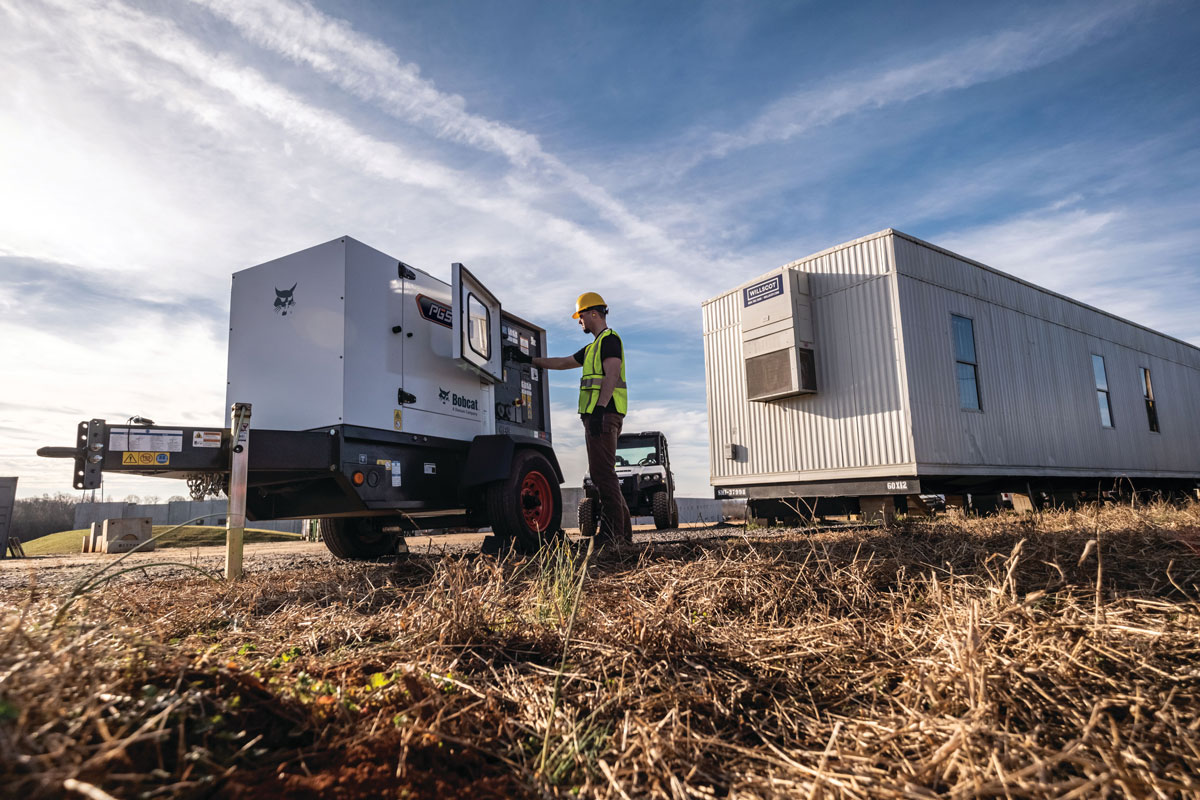Power Selector — Some Basics for Choosing a Portable Generator
 Whether buying new or renting, contractors don’t want to tie up capital by acquiring equipment that A) they don’t need or B) that’s more than they need. When it comes to portable generators, there are three main objectives: A) a product that gets the job done on time; B) a unit that is easy to use and maintain; and C) a product that is engineered to control costs. The best way to achieve all of these goals is to select the right size mobile generator with the right set of technologies and systems. This formula can be used for most types of generators — tow-behind portable gen sets (one- or two-axle models), skid-mounted, portable, fully-enclosed generators and super small gas units that can be thrown in the back of your truck.
Whether buying new or renting, contractors don’t want to tie up capital by acquiring equipment that A) they don’t need or B) that’s more than they need. When it comes to portable generators, there are three main objectives: A) a product that gets the job done on time; B) a unit that is easy to use and maintain; and C) a product that is engineered to control costs. The best way to achieve all of these goals is to select the right size mobile generator with the right set of technologies and systems. This formula can be used for most types of generators — tow-behind portable gen sets (one- or two-axle models), skid-mounted, portable, fully-enclosed generators and super small gas units that can be thrown in the back of your truck.
“Selecting the right generator starts with having the right information. A customer will say, ‘I need a 100-kW generator,‘ and the reason is because that’s what they used last time,” says Craig Wilkens, business development manager for Doosan Portable Power. “But a 100-kW generator only running a 20-kW load is never a good idea.”
Knowing how the generator will be used makes it possible to calculate the necessary voltage and amperage (amps) — information typically displayed on the equipment data plate. Knowing the voltage and amps allows you to determine kilowatts, which dictates the amount of electrical power needed to operate the load. Ideally, a generator should run at 75 percent of load, which is why a 100-kW generator should not be operating only a 20-kW heater. However, 100 kW would be appropriate when running a 20-kW heater linear load along with a 50-kW irrigation pump with a cyclical load.
First of all, you should know that all portable generators have two power ratings: continuous power (i.e., running watts) and maximum power (i.e., starting watts). Running watts are what the generator can produce continuously while running, and starting watts are what it can produce for a short time to help start motorized electrical tools like circular saws or hammer drills. Typically, the biggest issue when sizing a generator is motor starting. Totaling up your power needs only requires a little math. List the items you want to power, find the item with the most maximum power (a.k.a. starting watts) and then add that number to the continuous power (running watts) for all the other units. Here’s an example:
A circular saw takes 2,300 starting W but 1,200 W to run, and a hammer drill takes 3,000 W to start but only 1,000 W to operate. Conversely, your halogen work light takes 1,000 W to run.
If you add up the items above, it will total 5,200 W (3,000 + 1,200 + 1,000), so you’ll need a generator with a continuous power rating of at least a 5.2 kW (5,200 W). If you can’t find the wattage amount, don’t worry. All you need to know is the volts and amps of your equipment. To calculate the wattage, just multiply volts times amps. So, your circular saw, which operates on 110 V and consumes 20 amps, needs 2,200 W to run and requires a generator with a power rating of at least 2.2 kW (2,200 W). Just remember: Only equipment with electrical motors require additional power at the beginning to start.
Keith Gribbins | Associate Publisher
Check out more articles about generators here. Start checkin’ already!



